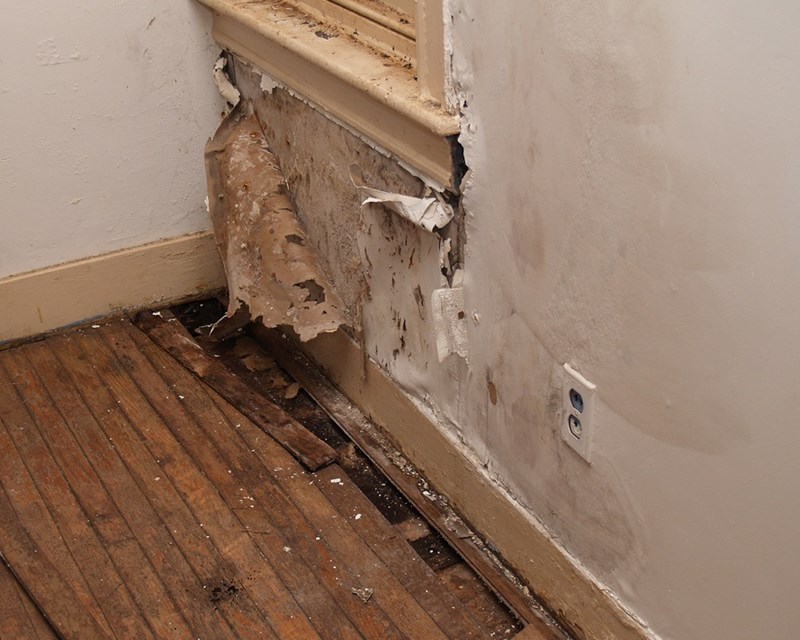Bathroom Water Damage - Ways To Stop This Happening
Bathroom Water Damage - Ways To Stop This Happening
Blog Article
The writer is making a number of great pointers on How to Fix a Water Damage Bathroom overall in the article down below.

The washroom is extremely susceptible for damp buildup and also possible water damage due to the regular use of water in it. This post supplies straightforward examination techniques to help spotting water damage risks.
The regular use of water in the shower room makes it very prone for damp build-up and also possible water damages. By evaluating it consistently, you can reduce water related damages.
The following collection of inspections is easy to perform and should be done as soon as in every 3 months in order to maintain your washroom healthy as well as to prevent potential water problems brought on by the tub, the shower, pipe joints and plumbing, sinks, closets, as well as the toilet
Do not neglect executing these assessments as well as be comprehensive while executing them. Bear in mind that these easy inspections can conserve you a lot of money by giving early indications for water damages
Tub and Shower
The shower and also tub require unique interest and upkeep. Check the floor tiles as well as replace if fractured. Ensure that there is no missing cement between the floor tiles. Check and change broken caulking at joints where the wall surfaces satisfy the floor or the tub. Clogged drains pipes and pipelines problems will certainly avoid the bath tub from drying and also may show severe problems underneath the bathtub. Talk to a professional right away to stop structural damages. Take note of stainings or soft areas around the tub wall surfaces as they may show an internal leakage.
Plumbing
Signs for water damage are difficult to detect considering that most pipes are set up inside the wall surfaces.
Pay special focus to flooring and also walls dampness as well as discolorations as they may show an undetectable plumbing problem. Inspect dampness levels in adjacent spaces too.
Sinks and Cabinets
Sinks as well as closets are exposed to dampness and moisture daily as well as are often ignored. Evaluate frequently under the sink and also on the countertop over it. Fix any drip in the trap as it might recommend drain issues. Look around the sink, sluggish draining pipelines may suggest an obstructed drain. Replace sink seals if they are fractured or loose.
The Bathroom
The bathroom is a vulnerable water junction. Inspect the water lines and also search for leaks around the bathroom seat, in the tube, and under the water storage tank. If you identify any indications of dampness on the flooring around the toilet, check for leakages in the toilet edge and also tank seals.
Know that hanging commode dish deodorants enhances the possibilities for obstructions.
TIPS TO PREVENT WATER DAMAGE IN THE BATHROOM
The average household uses approximately 80-100 gallons of water per person per day. For a family of 4, that's almost 2,500 gallons of water a week! The largest portion of this consumption comes from bathroom use. Flushing the toilet uses the most water, followed by taking a shower or bath. With that much water running through the home, water damage in the bathroom is bound to happen. Knowing how to spot signs of a water leak is essential to preventing long-term damage. This guide provides you with tips to reduce the impact of water damage on your bathroom.
CAUSES OF BATHROOM WATER DAMAGE
Pipe breaks are the most common cause of water damage we see in our daily jobs. The age of a pipe plays a large role in a pipe break as well as corrosion. Over time, the metal begins to break down, allowing water to escape. Frozen pipe breaks are also a concern in the winter months. Toilet overflows caused by paper products or children flushing inappropriate items. Degraded caulking around the toilet or bathtub can allow water seepage, sometimes behind the fixture, into the subfloor or walls. Condensation forms when the water in a pipe is cooler than the air temperature. Beads of water form on the exterior of the pipes, sometimes so much so that the water begins to drip and pool below. Sink or shower backups created by poor drainage. HOW TO PREVENT WATER DAMAGE IN YOUR BATHROOM
Inspect your toilet supply line for worn or frayed hoses and replace them as needed. Winterize your plumbing to prevent a frozen pipe break. Use vent fans to prevent condensation that can lead to mold growth. Routinely check and replace degraded caulking around your toilet or bathtub. Increase the temperature in your toilet tank and insulate your pipes during the warm summer months to keep condensation from forming. Use child safety locks on the toilets. Flush only toilet paper. "Flushable" wet wipes are actually not good for your plumbing system. Additionally, feminine hygiene products should not be flushed. Prevent water from escaping the tub or shower. Make sure shower curtains are in good condition. Inspect shower doors and replace the seal strip if necessary. Wipe up any water that accumulates on the floor and use bath mats. Water left to sit can cause damage to the tiles and flooring. Refrain from using bath products containing heavy oils to avoid a clogged drain.

As an avid person who reads on Preventing Water Damage in the Bathroom, I think sharing that piece of content was really useful. Sharing is caring. You won't know, you may just be helping someone out. I love reading our article about Looking for Signs of Water Damage in the Bathroom.
Schedule Now! Report this page